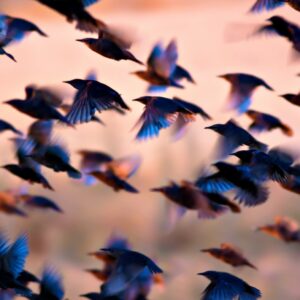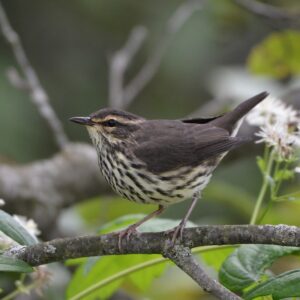Canada’s Boreal Forest – World’s Largest Water Source
 |
|
| The Olive-sided Flycatcher, a boreal bird |
Yesterday, the Pew Environment Group released a report that said Canada’s boreal forest contains more unfrozen freshwater than any other ecosystem in the world and its protection should become a global priority.
Released during the International Year of Forests and one week before World Water Day, the report brings attention to the need for provincial and federal governments to restrict industrial development in the world’s largest wetland habitat.
Why should we care?
The report, A Forest of Blue: Canada’s Boreal Forest, the World’s Waterkeeper, compiles decades of research that shows the great environmental and economic value of the boreal forest, which:
- Contains 25 percent of the planet’s wetlands, millions of pristine lakes, and thousands of free-flowing rivers, totaling more than 197 million acres of surface freshwater.
- Provides an estimated $700 billion value annually as a buffer against climate change and food and water shortages.
- Offers the last refuges for many of the world’s sea-run migratory fish, including half of the remaining populations of North American Atlantic salmon.
- Maintains freshwater flows critical to forming Arctic sea ice, which cools the atmosphere and supports marine life, from sea algae to polar bears.
- Stores more than 400 trillion pounds of carbon in lakes and river delta sediment, peatlands and wetlands–more than any other terrestrial source in the world.
The report concludes by recommending that governments protect at least 50% of the boreal forest by preserving entire river, lake and wetland ecosystems and restates Pew’s support for the Boreal Forest Conservation Framework.
In addition, the report recommends:
- Mining legislation must be reformed to require aboriginal consultation and improve habitat protection and water quality.
- New hydroelectric facilities should not be approved unless it can be proved there will be minimal impact on ecosystems and there has been a comprehensive environmental review.
- Canada should follow Manitoba’s lead and develop a national peatlands stewardship strategy.
- The Mackenzie Basin Agreement, which links land-use policies in several provinces and territories aimed at preserving the watershed, should be fully implemented.
Nature Canada supports the Boreal Forest Conservation Framework, an alliance of conservation groups, First Nations, and leading Canadian companies whose aim is to protect 50% of the region and support sustainable practices in local communities. To date, it has resulted in the protection of more than 12% of the boreal forest. As a country, Canada has made good progress in protecting parts of the boreal forest.
Not only is the boreal forest a globally important source of fresh water, it is the nesting ground for over 300 different species of birds – for many of these species it is their only nesting place. As North America’s Bird Nursery, the boreal forest is the summer breeding ground for over 300 species of our most treasured birds, including the rapidly declining Rusty Blackbird and Olive-sided Flycatcher, and home to the some of the planet’s largest populations of wolves, and woodland caribou.
Photo credit: Mark Peck



